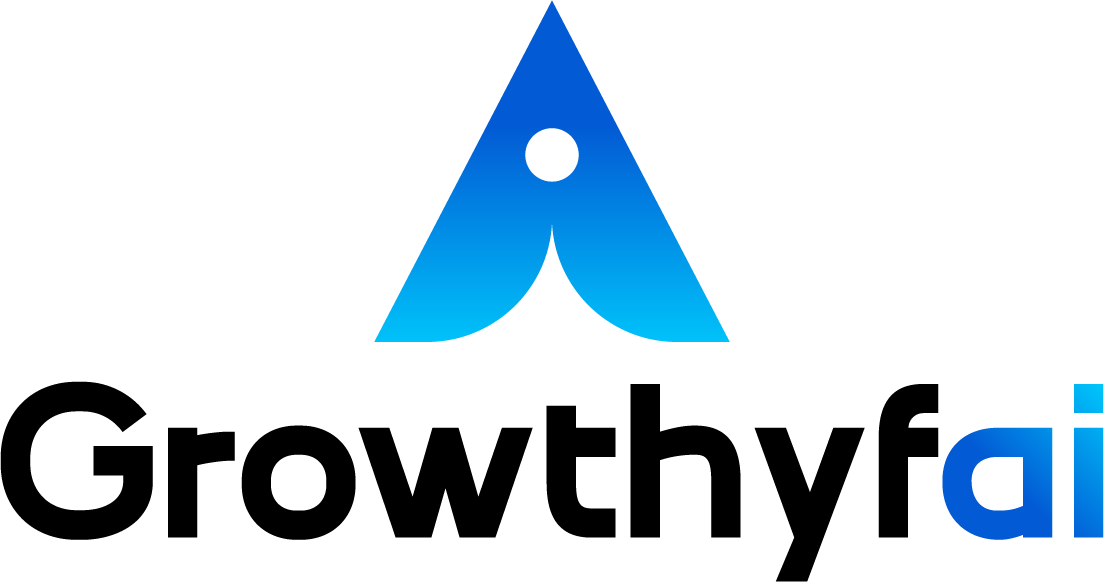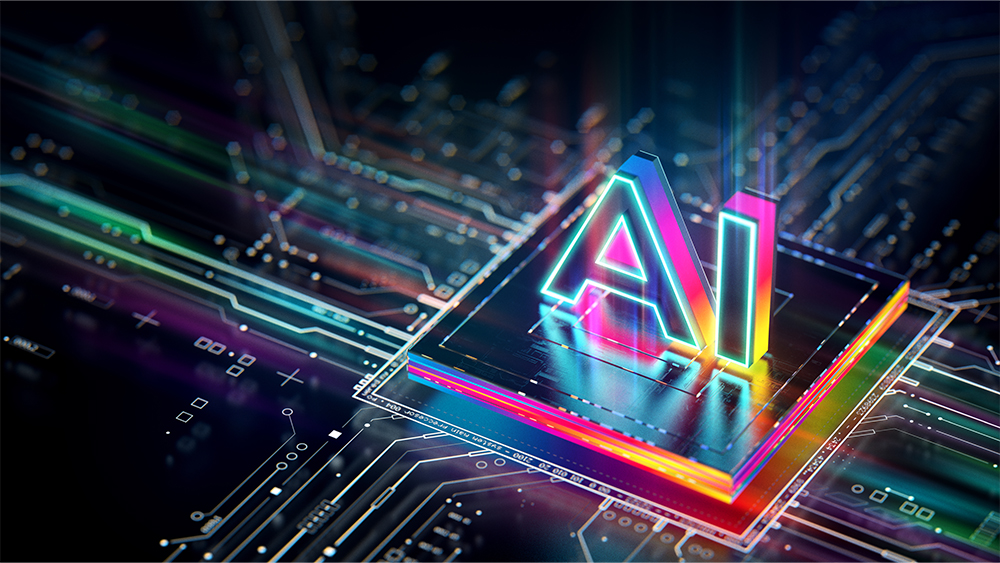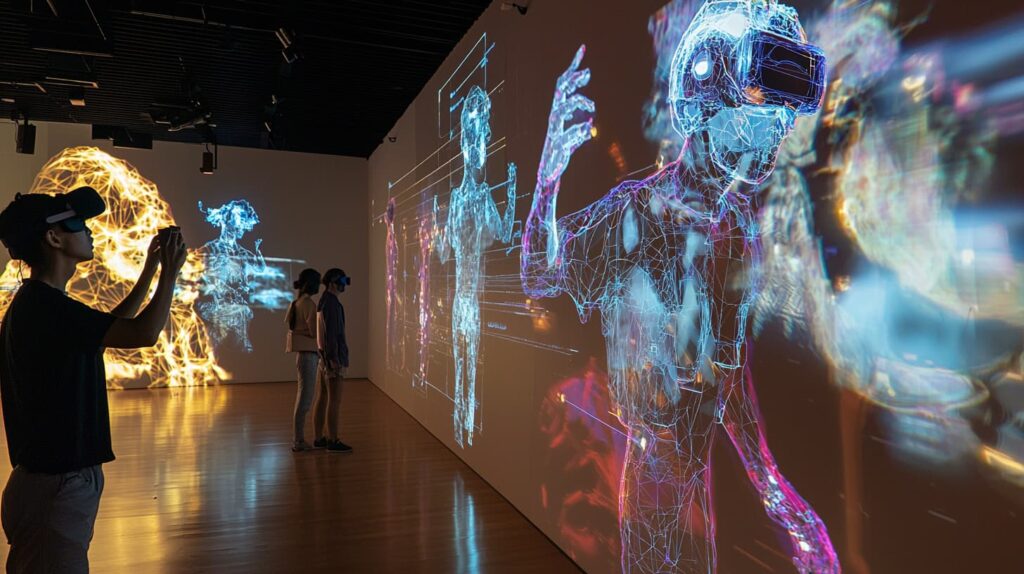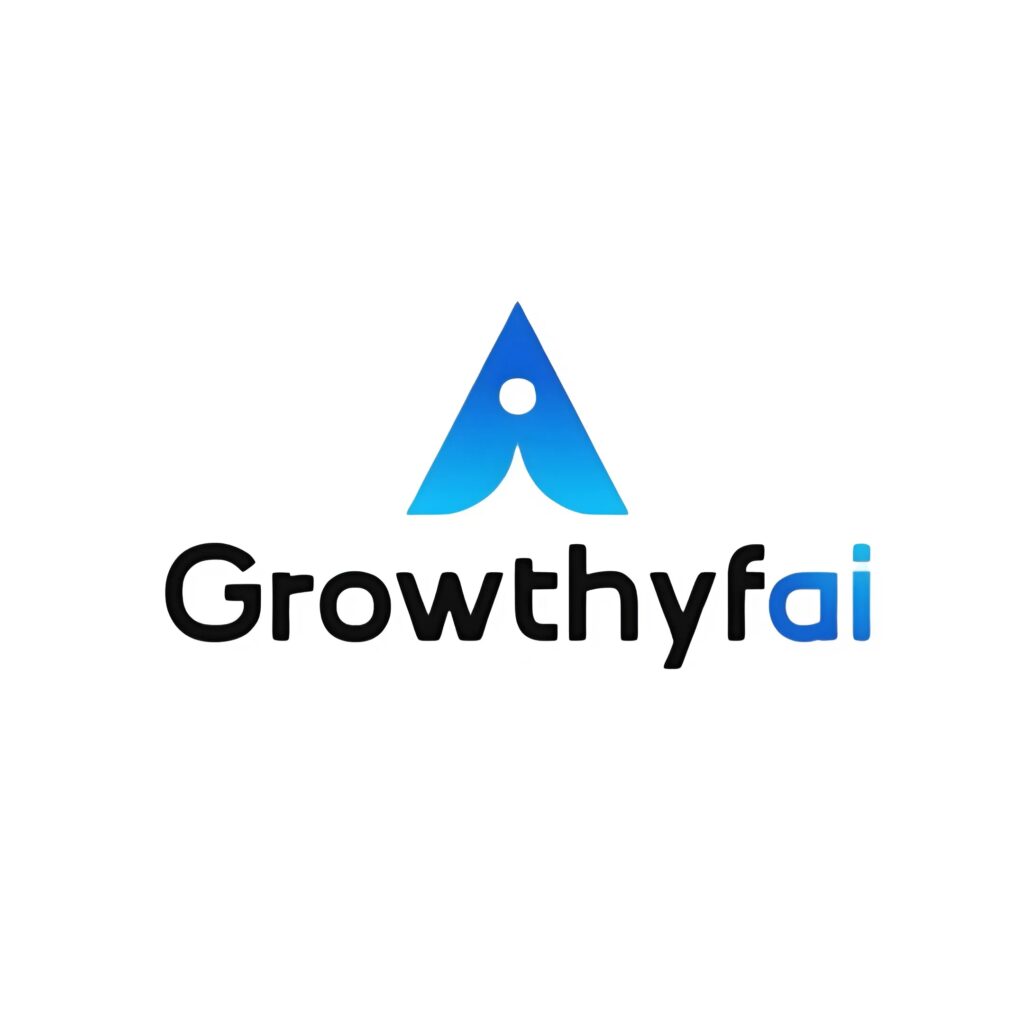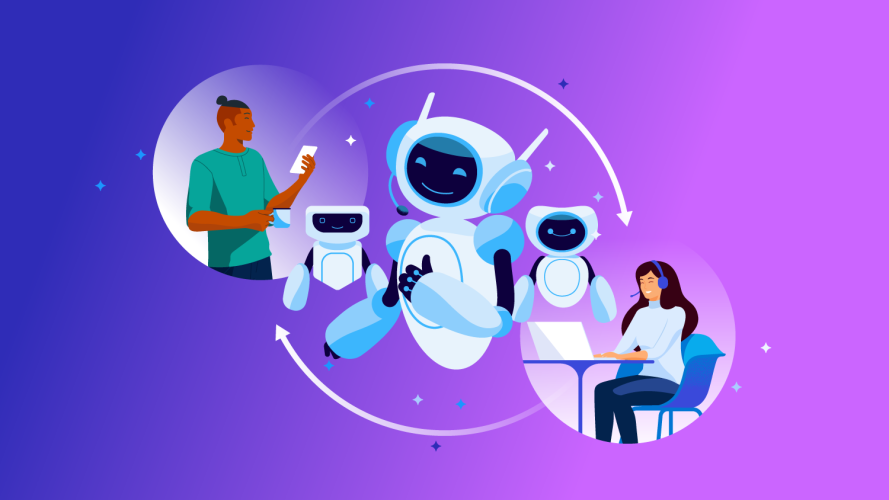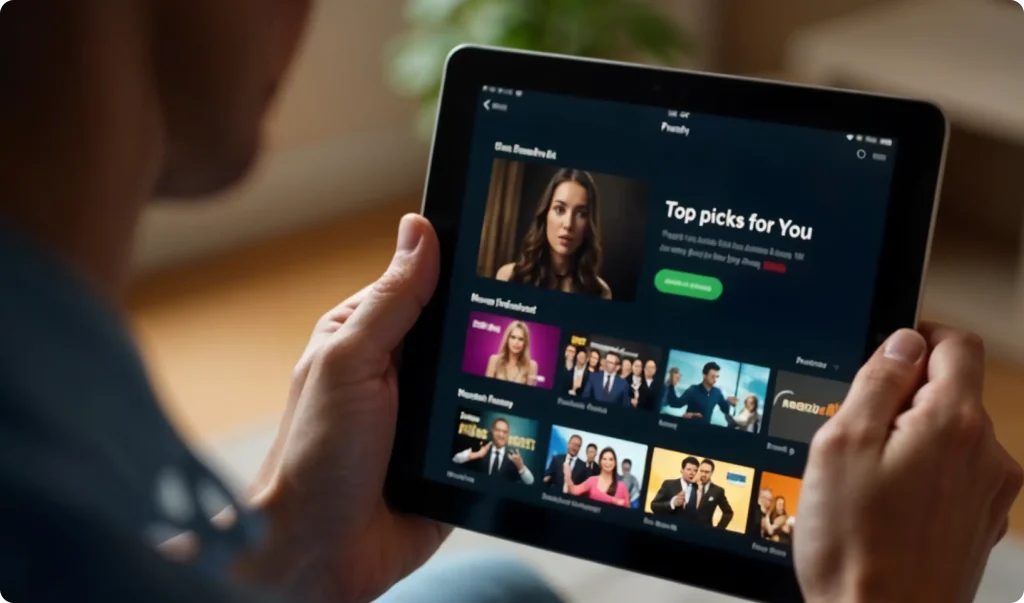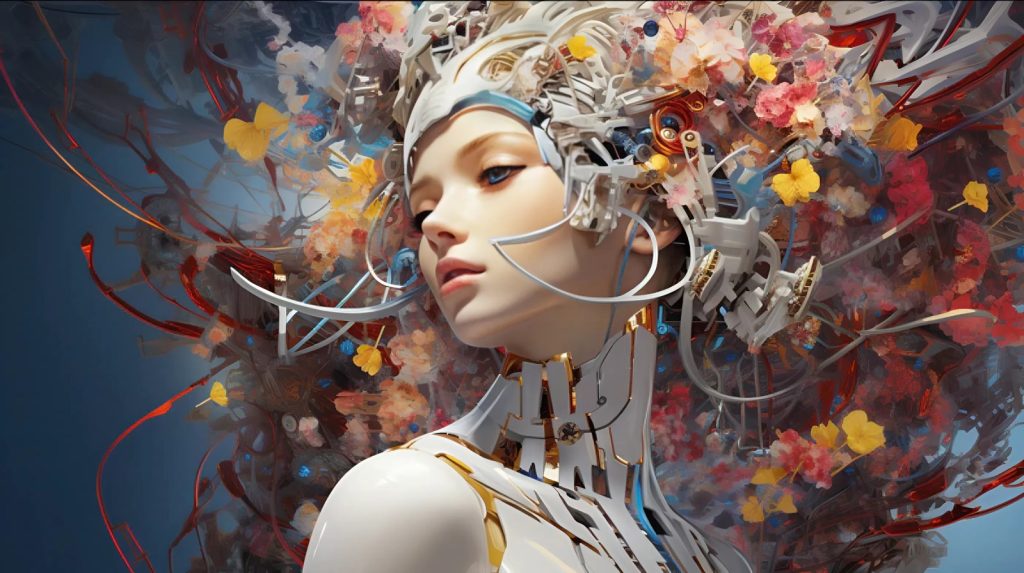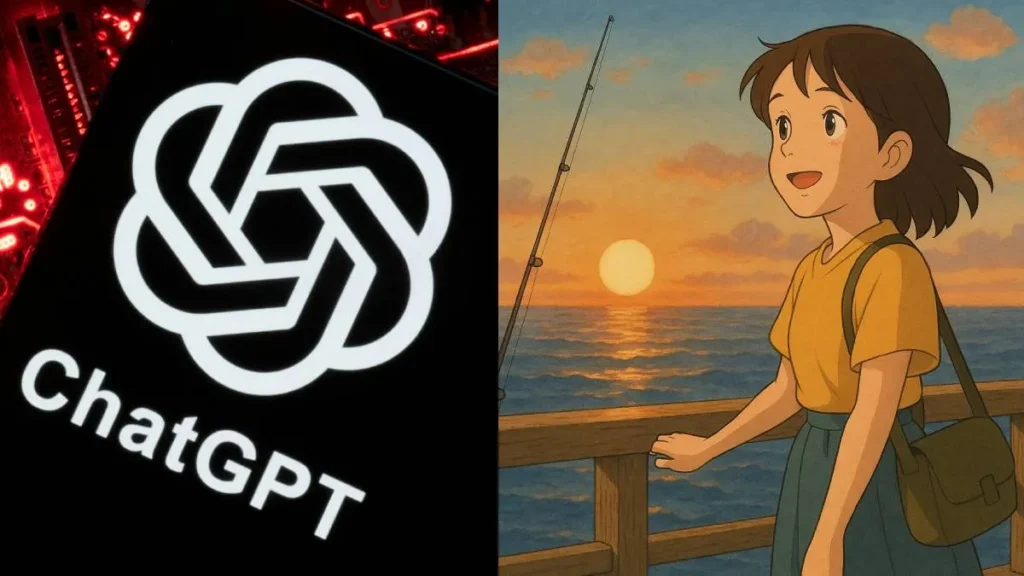Artistry Unchained: AI’s Role in Revolutionizing the Creative Process
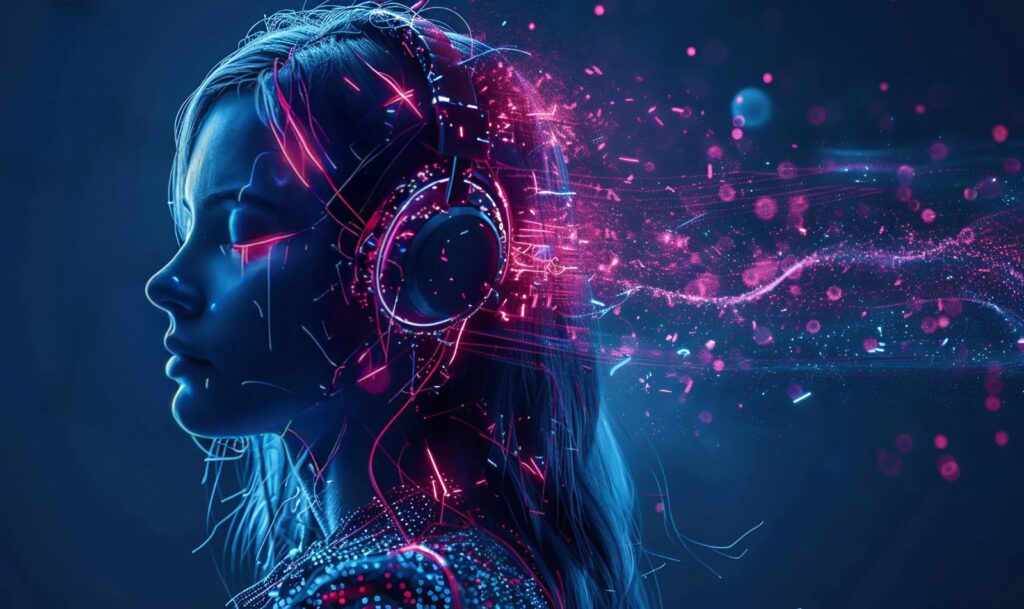
Artistry Unchained: AI’s Role in Revolutionizing the Creative Process
In the realm of creation, artistry has long been considered a uniquely human endeavor. With the advancement of artificial intelligence, the question arises: can machines be creative? AI is now spearheading a revolution in the creative process across various domains, altering the ways artists, musicians, writers, and creators of all kinds express their visions. This blog post explores the transformative impact of AI on creativity, illustrating its potential to unshackle artistic expression from traditional constraints.
—
Understanding AI’s Role in Creativity
Artificial Intelligence refers to the simulation of human intelligence in machines designed to think and learn. AI systems analyze vast amounts of data, recognize patterns, and make decisions. But creativity is often seen as the antithesis of logic. Creativity involves intuition, emotion, and spontaneity—qualities not typically associated with machines. Yet, AI is challenging these notions, merging analytical capabilities with imaginative potential.
AI’s role in creativity is not to replace human artists but to enhance their capabilities. By automating routine tasks, AI allows creatives to focus on what truly matters—inventing, imagining, and innovating. Understanding this partnership is crucial in appreciating how AI is reshaping the artistic landscape.
—
AI in Visual Arts: A New Palette
AI is revolutionizing visual arts by offering tools that expand the possibilities of creation. Tools like DeepArt and Google’s DeepDream generate compelling imagery by analyzing and reinterpreting existing pictures. Artists use these tools to explore uncharted territories in style and composition, viewing AI as a collaborator rather than a mere digital brush.
A landmark moment for AI in the art world came with the sale of a portrait generated by a machine learning algorithm developed by the collective Obvious. Titled “Portrait of Edmond de Belamy,” it sold for $432,500 at Christie’s in 2018, signaling a growing acceptance of AI-generated art by traditional art markets. Such works challenge the perception of authorship and creative ownership, prompting intriguing dialogues about the essence of art.
—
Music Composition and AI: Crafting the Soundscape
In music, AI offers composers and musicians innovative ways to create and experience sound. Tools like Amper Music, AIVA, and OpenAI’s MuseNet support musicians in composing original scores. These platforms analyze patterns from vast music databases, generating pieces that mimic various genres and styles.
Famous musicians are experimenting with AI to add depth to their compositions. Artists like Taryn Southern have produced entire albums using AI, demonstrating that algorithms can craft harmonies and rhythms resonating with human emotions. The result is a rich tapestry of sound where human artistry and digital ingenuity seamlessly blend.
AI also transforms how music is enjoyed. Personalized playlists and AI-curated radio stations, such as those by Spotify and Apple Music, curate experiences tailored to individual preferences based on listening habits, bringing a personal touch to digital consumption.
—
Writing and AI: Redefining the Narrative
AI’s influence extends into the literary domain, where it assists writers in generating content, brainstorming ideas, and refining manuscripts. Systems like OpenAI’s ChatGPT engage in human-like conversations, offering suggestions and enhancing storytelling techniques.
For instance, sci-fi writer Aidan J. Harte used AI as a creative partner, allowing it to propose plot twists and dialogue. AI-powered tools such as Grammarly and ProWritingAid offer real-time feedback on grammar, style, and readability, helping authors polish their prose. This collaboration between human and machine underlines a promising future where AI is embedded in the narrative fabric of writing.
—
AI’s Collaborative Potentials
Beyond standalone applications, AI is spearheading collaboration across artistic disciplines. Virtual galleries host AI-generated art while AI-powered VR systems allow users to “paint” in three-dimensional space. Fashion designers employ AI to predict trends and design garments that resonate with consumer interests.
Projects like Google’s “Magenta” push interdisciplinary boundaries, developing AI tools that support a wide range of artistic activities, from drawing and composing music to writing poetry. These collaborative spaces foster innovation, making art more accessible and encouraging cross-pollination of ideas across diverse fields.
—
Challenges and Ethical Considerations
With AI venturing into the arts, ethical questions emerge regarding copyright, authorship, and the potential for job displacement. As AI becomes a more integral part of the creative process, establishing clear guidelines on ownership rights is paramount. There’s also an ongoing debate about whether AI can truly “create” or simply remix existing data.
Moreover, as AI continues to evolve, it is essential to ensure it reflects diverse human experiences to avoid cultural biases. Addressing these challenges is critical to shaping an ethical, inclusive framework for AI in the arts, ensuring it serves as a force for empowerment rather than exploitation.
—
Conclusion: The Future of AI and Creativity
AI stands at the forefront of a creative renaissance, challenging longstanding perceptions of artistry and innovation. It is unchaining creativity from the limitations of human cognition, providing new tools that expand the horizons of what is possible. While AI may not originate the existential depths of human emotion, it empowers creators to amplify their visions beyond traditional limitations.
The future promises a harmonious blend of human ingenuity and machine learning, where artists and AI collaborate to push the boundaries of possibility. As we embrace the fusion of art and technology, the creative process will continue to evolve, unveiling new realms of expression where imagination knows no bounds.
—
